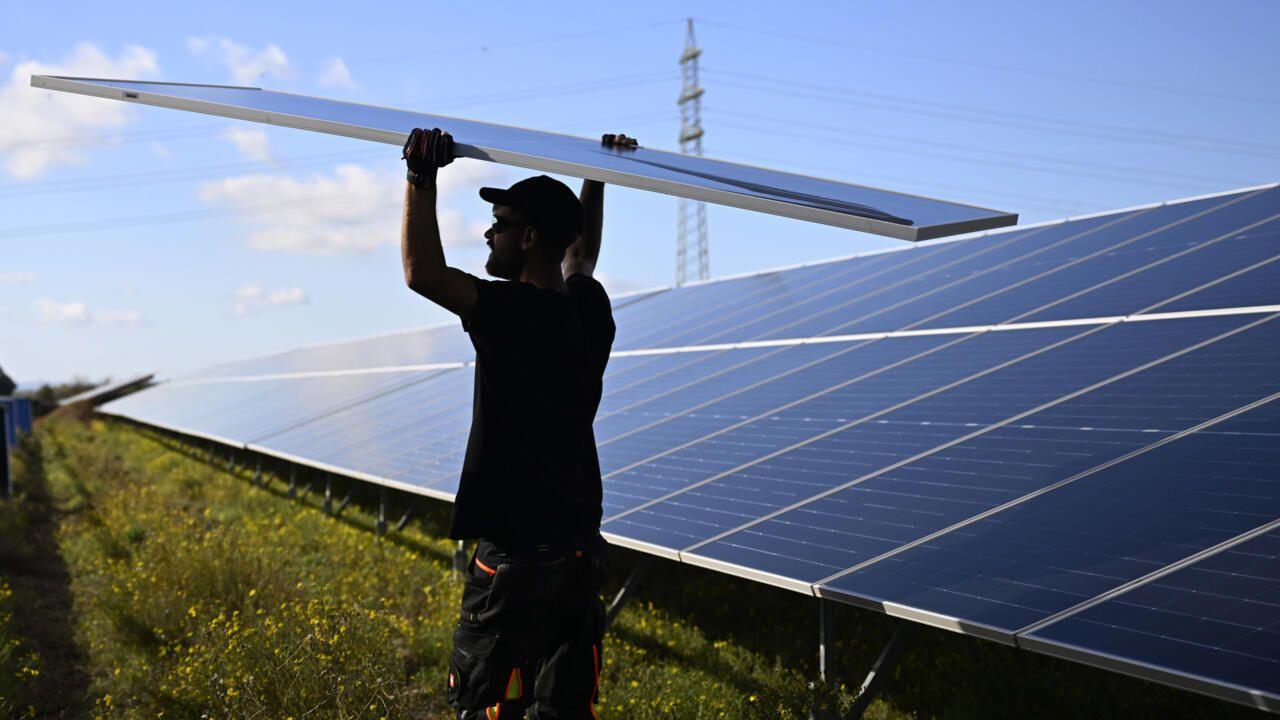Global Fusion Energy Investment Surges, Signaling Growing Confidence in Clean Energy Future
3 Sources
3 Sources
[1]
Global investment in fusion energy rises the most since 2022
WASHINGTON, July 21 (Reuters) - Global fusion energy investment grew by $2.64 billion in the year since last July, an industry group said in an annual industry survey on Monday, but companies said they need much more money to take the industry commercial. The investment rise took place in places including the United States, the EU, Japan, China and Britain and was the highest since 2022. Total funding since 2021 for the 53 fusion companies in the survey by the Washington-based Fusion Industry Association, is now nearly $9.77 billion, a five-fold increase. This year's investment was a 178% jump from the more than $900 million raised last year. "The acceleration of capital, even when the global economy has tightened, is a signal of maturing investor confidence, technological progress, and a rapidly coalescing supply chain," said Andrew Holland, FIA's CEO. Fusion, which fuels the sun and stars, is in the experimental stage on Earth, but could one day generate enormous amounts of energy that emits virtually no greenhouse gas and without generating large amounts of long-lasting radioactive waste. Physicists work to replicate fusion reactions by forcing together light atoms with technology including lasers or giant magnets. Tall hurdles to commercialization include lowering the amount of energy needed to spur reactions, getting reactions to occur continuously, and systems to transmit the energy. The survey does not count public funding for public fusion projects, which China is believed to the world leader in. Venture arms of traditionally fossil fuel companies Chevron (CVX.N), opens new tab and Shell (SHEL.L), opens new tab and Siemens Energy (ENR1n.DE), opens new tab and Nucor (NUE.N), opens new tab, the largest U.S. steel producer, were some of the investors. The investment hike has benefited from a boom in power demand from artificial intelligence and data centers. Google (GOOGL.O), opens new tab said last month it had struck a deal to buy power from a Commonwealth Fusion systems plant in Virginia which hopes to generate power by the early 2030s. Despite the funding jump, 83% of respondents said they still consider getting investments challenging. Fusion companies said they would need an additional $3 million to $12.5 billion to bring their first pilot plants online, with a median response of $700 million. The total of $77 billion that respondents said they would need is about eight times more than has been committed by investors. Expected industry consolidation could reduce the total investment needed, the survey said. Reporting by Timothy Gardner; Editing by Lincoln Feast. Our Standards: The Thomson Reuters Trust Principles., opens new tab * Suggested Topics: * Climate & Energy * Grid & Infrastructure * Exploration & Production * Nuclear * Climate Change Timothy Gardner Thomson Reuters Timothy reports on energy and environment policy and is based in Washington, D.C. His coverage ranges from the latest in nuclear power, to environment regulations, to U.S. sanctions and geopolitics. He has been a member of three teams in the past two years that have won Reuters best journalism of the year awards. As a cyclist he is happiest outside.
[2]
Global investment in fusion energy rises the most since 2022
WASHINGTON: Global fusion energy investment grew by $2.64 billion in the year since last July, an industry group said in an annual industry survey on Monday, but companies said they need much more money to take the industry commercial. The investment rise took place in places including the United States, the EU, Japan, China and Britain and was the highest since 2022. Total funding since 2021 for the 53 fusion companies in the survey by the Washington-based Fusion Industry Association, is now nearly $9.77 billion, a five-fold increase. This year's investment was a 178% jump from the more than $900 million raised last year. "The acceleration of capital, even when the global economy has tightened, is a signal of maturing investor confidence, technological progress, and a rapidly coalescing supply chain," said Andrew Holland, FIA's CEO. Fusion, which fuels the sun and stars, is in the experimental stage on Earth, but could one day generate enormous amounts of energy that emits virtually no greenhouse gas and without generating large amounts of long-lasting radioactive waste. Physicists work to replicate fusion reactions by forcing together light atoms with technology including lasers or giant magnets. Tall hurdles to commercialisation include lowering the amount of energy needed to spur reactions, getting reactions to occur continuously, and systems to transmit the energy. The survey does not count public funding for public fusion projects, which China is believed to the world leader in. Venture arms of traditionally fossil fuel companies Chevron and Shell and Siemens Energy and Nucor, the largest U.S. steel producer, were some of the investors. The investment hike has benefited from a boom in power demand from artificial intelligence and data centers. Google said last month it had struck a deal to buy power from a Commonwealth Fusion systems plant in Virginia which hopes to generate power by the early 2030s. Despite the funding jump, 83% of respondents said they still consider getting investments challenging. Fusion companies said they would need an additional $3 million to $12.5 billion to bring their first pilot plants online, with a median response of $700 million. The total of $77 billion that respondents said they would need is about eight times more than has been committed by investors. Expected industry consolidation could reduce the total investment needed, the survey said.
[3]
Global investment in fusion energy rises the most since 2022
WASHINGTON (Reuters) -Global fusion energy investment grew by $2.64 billion in the year since last July, an industry group said in an annual industry survey on Monday, but companies said they need much more money to take the industry commercial. The investment rise took place in places including the United States, the EU, Japan, China and Britain and was the highest since 2022. Total funding since 2021 for the 53 fusion companies in the survey by the Washington-based Fusion Industry Association, is now nearly $9.77 billion, a five-fold increase. This year's investment was a 178% jump from the more than $900 million raised last year. "The acceleration of capital, even when the global economy has tightened, is a signal of maturing investor confidence, technological progress, and a rapidly coalescing supply chain," said Andrew Holland, FIA's CEO. Fusion, which fuels the sun and stars, is in the experimental stage on Earth, but could one day generate enormous amounts of energy that emits virtually no greenhouse gas and without generating large amounts of long-lasting radioactive waste. Physicists work to replicate fusion reactions by forcing together light atoms with technology including lasers or giant magnets. Tall hurdles to commercialization include lowering the amount of energy needed to spur reactions, getting reactions to occur continuously, and systems to transmit the energy. The survey does not count public funding for public fusion projects, which China is believed to the world leader in. Venture arms of traditionally fossil fuel companies Chevron and Shell and Siemens Energy and Nucor, the largest U.S. steel producer, were some of the investors. The investment hike has benefited from a boom in power demand from artificial intelligence and data centers. Google said last month it had struck a deal to buy power from a Commonwealth Fusion systems plant in Virginia which hopes to generate power by the early 2030s. Despite the funding jump, 83% of respondents said they still consider getting investments challenging. Fusion companies said they would need an additional $3 million to $12.5 billion to bring their first pilot plants online, with a median response of $700 million. The total of $77 billion that respondents said they would need is about eight times more than has been committed by investors. Expected industry consolidation could reduce the total investment needed, the survey said. (Reporting by Timothy Gardner; Editing by Lincoln Feast.)
Share
Share
Copy Link
Global investment in fusion energy has seen a significant increase, reaching $2.64 billion in the past year. This surge reflects growing investor confidence and technological progress in the field, despite the need for substantial additional funding to achieve commercialization.
Surge in Global Fusion Energy Investment
Global fusion energy investment has experienced a significant boost, growing by $2.64 billion in the year since July 2022, according to a recent survey by the Fusion Industry Association (FIA)
1
. This surge represents the highest increase since 2022, with investments coming from various regions including the United States, the European Union, Japan, China, and Britain.Record-Breaking Funding and Industry Growth
The total funding for the 53 fusion companies surveyed has reached an impressive $9.77 billion since 2021, marking a five-fold increase
2
. This year's investment alone saw a 178% jump from the previous year's $900 million. Andrew Holland, CEO of FIA, attributes this acceleration of capital to "maturing investor confidence, technological progress, and a rapidly coalescing supply chain," despite a tightened global economy1
.Fusion Energy: Potential and Challenges
Fusion energy, which powers the sun and stars, is still in the experimental stage on Earth. However, it holds the promise of generating enormous amounts of energy with virtually no greenhouse gas emissions and minimal long-lasting radioactive waste
3
.
Source: ET
Physicists are working to replicate fusion reactions using advanced technologies such as lasers and giant magnets.
Despite the recent investment surge, significant hurdles remain for commercialization. These challenges include:
- Reducing the energy required to initiate reactions
- Achieving continuous fusion reactions
- Developing systems to transmit the generated energy efficiently
Related Stories
Diverse Investor Landscape and Market Drivers
The fusion energy sector has attracted a diverse range of investors, including venture arms of traditional fossil fuel companies like Chevron and Shell, as well as industrial giants such as Siemens Energy and Nucor, the largest U.S. steel producer
1
.A significant driver of this investment boom has been the increasing power demand from artificial intelligence and data centers. In a notable development, Google recently announced a deal to purchase power from a Commonwealth Fusion systems plant in Virginia, which aims to generate power by the early 2030s
2
.Funding Gaps and Future Outlook
Despite the recent funding jump, 83% of survey respondents still consider obtaining investments challenging. Fusion companies estimate needing an additional $3 million to $12.5 billion to bring their first pilot plants online, with a median response of $700 million
3
.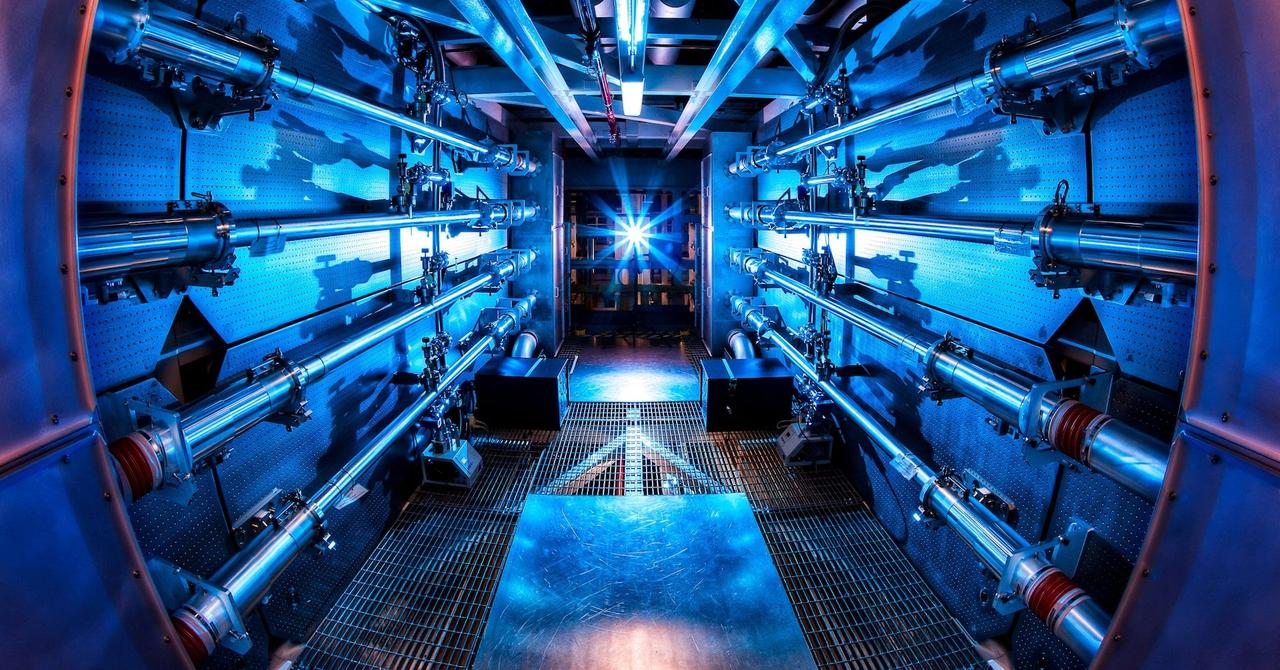
Source: Reuters
The total funding required for commercialization, as reported by respondents, amounts to $77 billion – approximately eight times more than what investors have currently committed. However, the survey suggests that expected industry consolidation could potentially reduce the total investment needed
1
.References
Summarized by
Navi
[3]
Related Stories
Commonwealth Fusion Systems Secures $863M in Funding to Advance Nuclear Fusion Technology
29 Aug 2025•Business and Economy
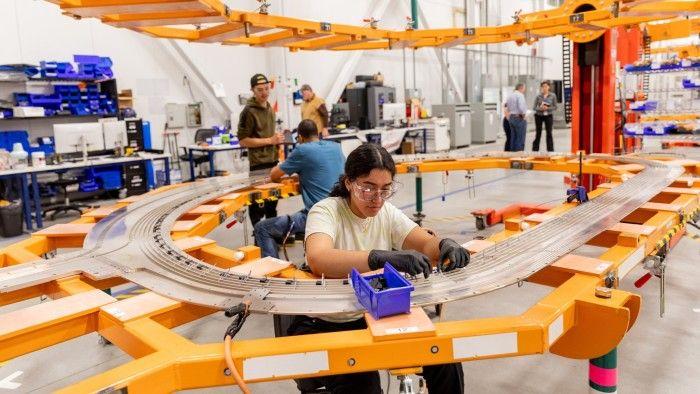
Google Backs TAE Technologies with $150 Million Investment in Fusion Power
04 Jun 2025•Science and Research
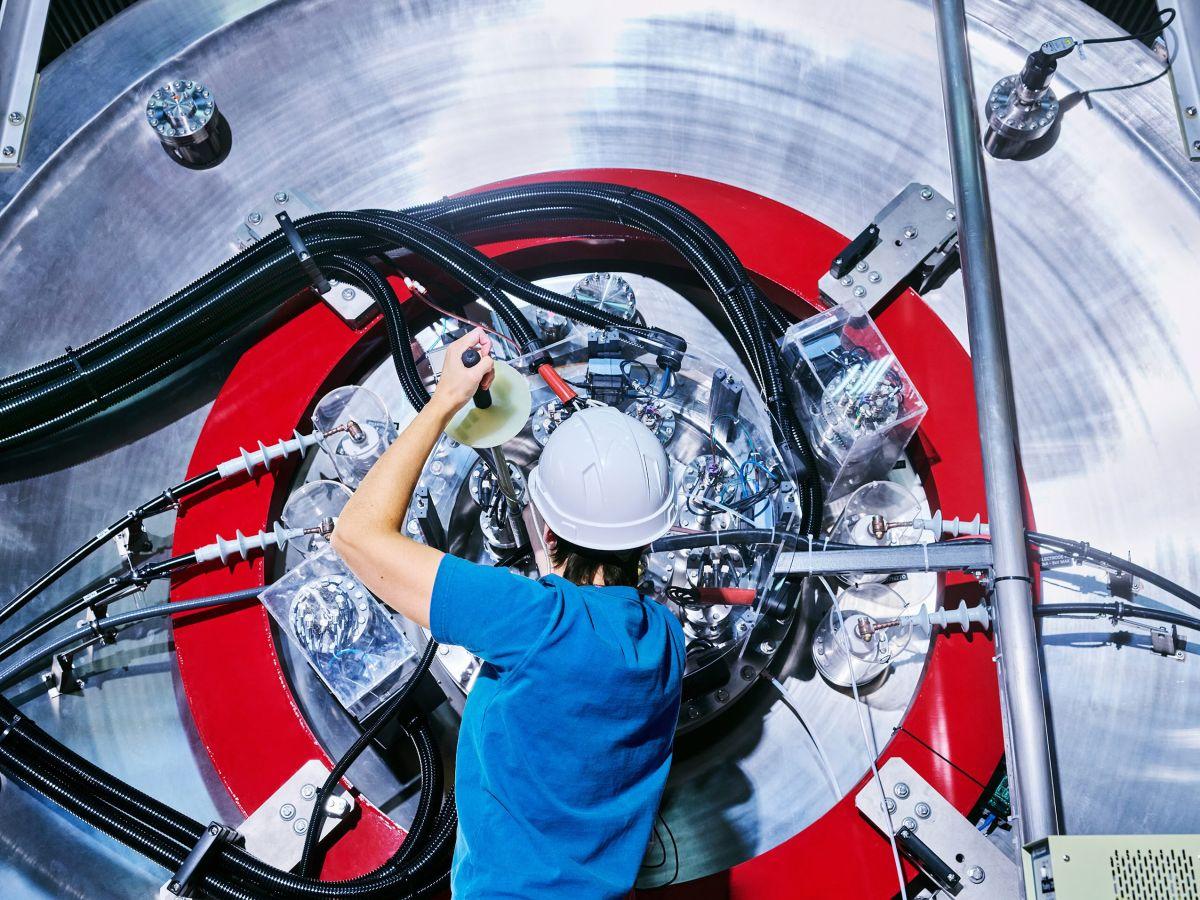
Google Inks Landmark Deal for Fusion Power with Commonwealth Fusion Systems
01 Jul 2025•Business and Economy
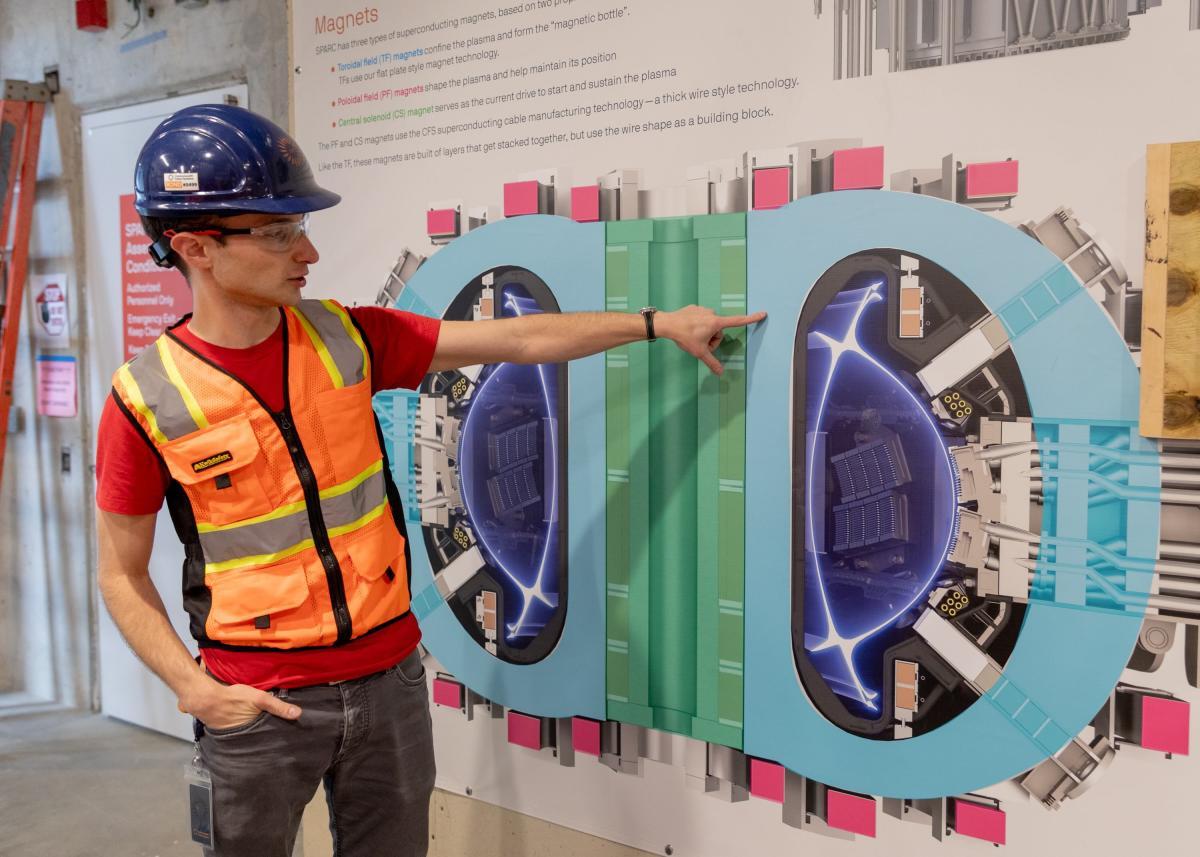
Recent Highlights
1
OpenAI releases GPT-5.2 AI model after code red memo signals Google Gemini 3 threat
Technology

2
Disney invests $1 billion in OpenAI, licenses 200+ characters for Sora AI video generator
Technology

3
OpenAI faces wrongful death lawsuit after ChatGPT allegedly fueled murder-suicide tragedy
Policy and Regulation

